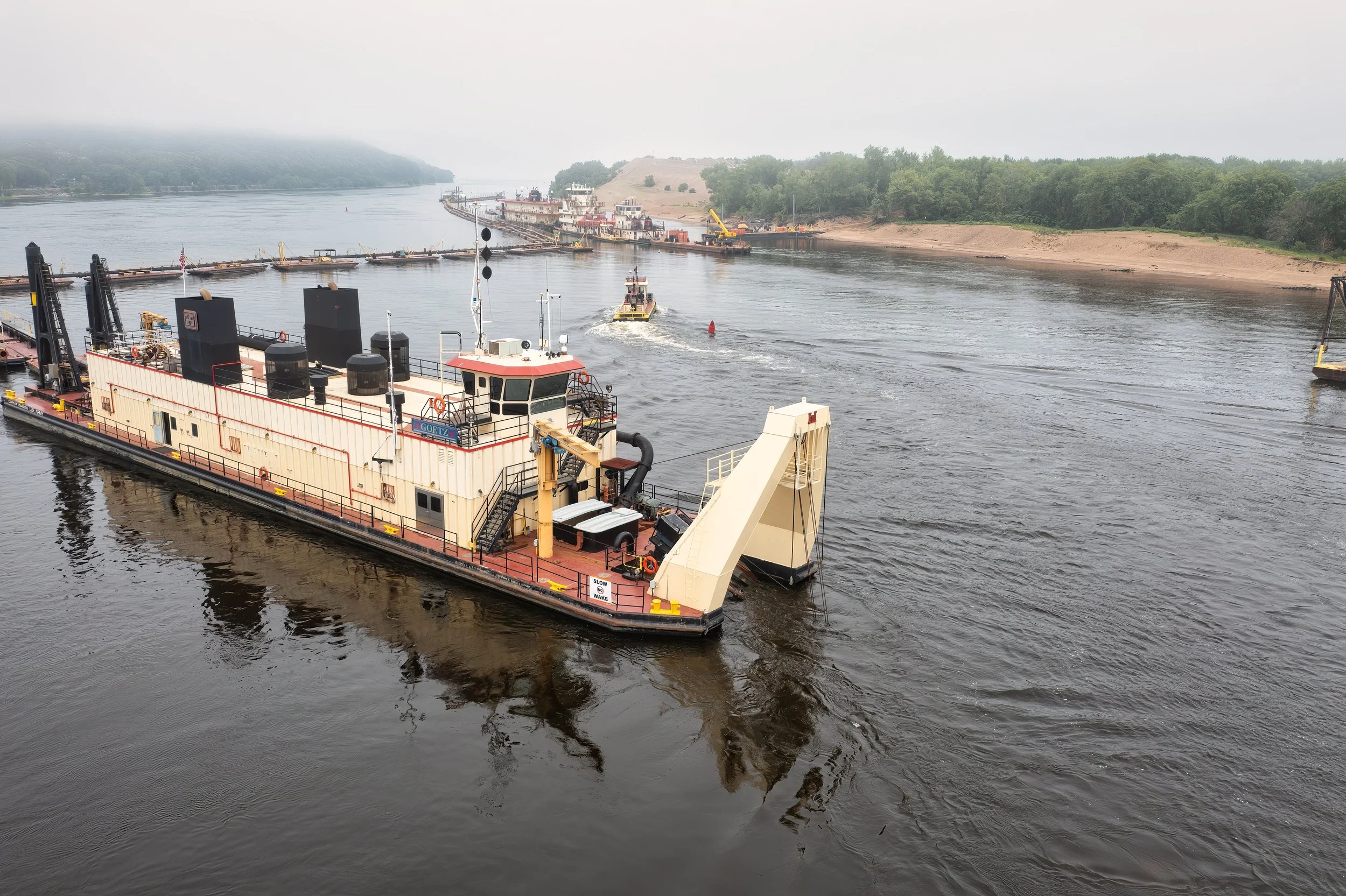Fine Aggregate
What is fine aggregate?
Fine Aggregate: The Essential Ingredient in Concrete and Mortar Production
Fine aggregate, also known as sand, is a crucial component in the construction industry, particularly in the production of concrete and mortar. It refers to the granular material that is small enough to pass through a 4.75mm sieve, although the size may vary regionally.
Fine aggregate is widely used in the construction industry to increase the volume of concrete, which makes it a cost-effective if readily available. To achieve the best results, it is essential to have a thorough understanding of the fine aggregate size, density, and grading zone.
In its composition, fine aggregate is made up of natural sand or crushed stone. The quality and density of the fine aggregate significantly impact the concrete's hardened properties. Therefore, it is crucial to carefully select fine aggregate based on factors such as grading zone, particle shape and surface texture, abrasion and skid resistance, and absorption and surface moisture.
By considering these factors, you can create a more durable, stronger, and cost-effective concrete or mortar mixture. Additionally, selecting the right fine aggregate can help ensure the mixture's workability and minimize the risk of structural damage over time.
Fine aggregate plays a vital role in the production of concrete, mortar and a wide variety of products in the construction industry. Understanding its properties and selecting the appropriate type of fine aggregate can help you achieve the desired results in terms of strength, durability, and cost-effectiveness of the mixture.
What Can Fine Aggregate be Used for in Construction?
Fine aggregate, also known as sand, is a crucial component in the construction industry. It is widely used in the production of concrete and mortar to increase their volume, durability, strength, and cost-effectiveness.
Concrete Production
Fine aggregate is an essential ingredient in the production of concrete. When mixed with cement and water, it forms a paste that binds together the coarse aggregates, such as gravel or crushed stone, to create a strong and durable structure. Fine aggregate fills the voids between the coarse aggregates, which improves the workability and reduces the shrinkage of the concrete mix.
Mortar Production
Fine aggregate is also used in the production of mortar, which is a mixture of cement, water, and fine aggregate. Mortar is used to bond bricks, stones, and other building materials together. The addition of fine aggregate improves the workability and the strength of the mortar.
Asphalt Production
Fine aggregate is used in the production of asphalt. Asphalt is a mixture of fine aggregate, bitumen, and filler material. It is used to pave roads, parking lots, and other surfaces. The fine aggregate provides stability and durability to the asphalt mix.
Building Foundations
Fine aggregate is used in building foundations to provide stability and strength to the structure. It is placed at the bottom of the foundation to prevent soil erosion and to distribute the load of the structure evenly. Fine aggregate is also used in the construction of retaining walls and in the backfilling process.
Landscaping
Fine aggregate is used in landscaping projects to create a decorative and functional surface. It can be used to create walkways, driveways, and patios. Fine aggregate is also used in the construction of artificial beaches and sports fields.
Electrical Cable Installation Trenches
Fine aggregate is used as backfill material in electrical cable installations as it easy to work with, is low cost, and can have good thermal conductivity. There are strict testing requirements associated with the use of sand in electrical cable trenches, as product failure can be a costly issue to address.
Fine Aggregate Impurities: Organic and Inorganic
Fine aggregate, also known as sand, is a crucial component in the construction industry. However, it is important to note that fine aggregate can contain impurities that can affect the quality and performance of the concrete mix. In this article, we will discuss the two main types of impurities found in fine aggregate.
Organic Impurities in Fine Aggregate
Fine aggregate sourced from river beds or other natural sources may contain organic impurities such as humus, decayed vegetation, decayed animal materials, organic soil, and other similar materials. These organic impurities can cause the concrete mix to lose strength and durability over time, as they can react with the cement paste and interfere with the hardening process. To prevent this, it is important to ensure that the fine aggregate is free from organic impurities before using it in the concrete mix.
Inorganic Impurities in Fine Aggregate
Fine aggregate extracted from mines may contain inorganic impurities such as clay and silt. These impurities can affect the workability, strength, and durability of the concrete mix. They can also cause the concrete to crack and shrink, which can lead to structural damage over time. To avoid these problems, it is important to remove the inorganic impurities from the fine aggregate before using it in the concrete mix. This can be done by thoroughly washing the fine aggregate.
Impurities in fine aggregate can have a negative impact on the quality and performance of the concrete mix. Organic and inorganic impurities can both cause problems if not properly addressed. Therefore, it is important to ensure that the fine aggregate is free from impurities before using it in the concrete mix. Thorough washing of the fine aggregate is an effective way to remove inorganic impurities, while organic impurities can be prevented by sourcing fine aggregate from reliable and trusted sources.
Where can sand be sourced from?
Sand is a naturally occurring granular material composed of finely divided rock and mineral particles. It is an essential material in construction and other industries, and its types and sources vary depending on the region. Here are some of the different types of sand and where they can be sourced from:
River sand (marine sand): As the name suggests, river sand is sourced from riverbeds and is known for its fine quality. It is the most common type of sand used in construction and is preferred for its workability and smooth texture. River sand is usually found in tropical and subtropical regions where there are large rivers and water bodies, marine sand is dredged from the sea. Marine sand stockpiles intended for concrete production are often left to weather in order to reduce chloride content.
Crushed sand (crushed rock): Crushed sand is made from crushing larger stones, gravels, or rocks. It is also known as manufactured sand and is primarily used as a substitute for river sand in construction. Crushed sand is preferred for its angular and rough texture, which provides better binding with cement.
Desert sand: Desert sand is often found in arid regions such as the Sahara and the Arabian desert. Unlike river sand and crushed sand, it is not suitable for construction as its particles are round and smooth, which makes it difficult to bind with cement.
Beach sand: Beach sand is a mixture of different types of sand, shells, and other organic materials. It is found on beaches and is mainly used for landscaping and decoration purposes. Beach sand is not suitable for construction as it contains salt, which can corrode metals and damage structures.
Pit sand: Pit sand is sourced from pits dug in the ground, and its quality depends on the depth and location of the pit. It is commonly used for plastering, bricklaying, and other construction purposes. The texture of pit sand can range from coarse to fine, depending on the source.
Dune sand: Dune sand is sourced from sand dunes and is mainly used for landscaping and construction purposes. It has a fine texture and is preferred for its uniformity and workability. However, dune sand is not suitable for concrete production as it contains high levels of salt.



